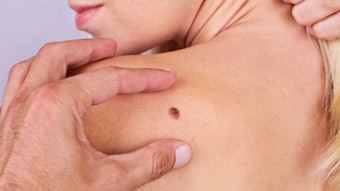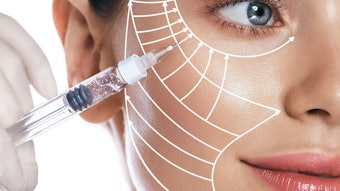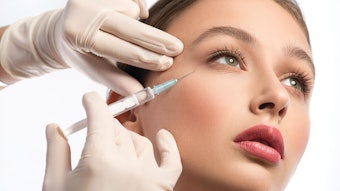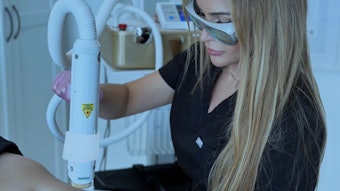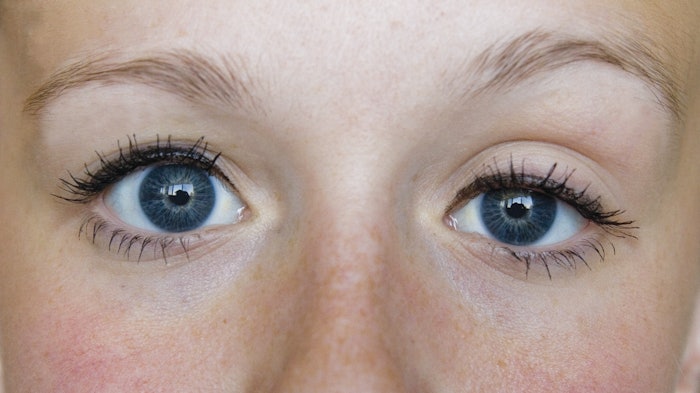
Botulinum toxin type A injections are the most-performed minimally invasive aesthetic treatments around the world. As with any other procedure that aesthetic practitioners perform, it is not devoid of risks and adverse events.
One feared adverse event due to botulinum toxin treatment over the periorbita is the induction of temporary upper eyelid ptosis caused by inadvertent diffusion of the toxin from glabellar, periorbital or frontal treatments into the levator palpebrae superioris muscle.
Blepharoptosis, or upper eyelid ptosis, is defined as an upper eyelid positioning of 1.5 mm to 2.0 mm below de limbus, the border where sclera and the cornea meet.
The levator palpebrae superioris is a 40 mm long, triangular-shaped muscle originating at the lesser wing of the sphenoid bone, superior to the optic foramen. It travels anteriorly along the superior aspect of the orbit superior to the superior rectus muscle. This muscle has the function of raising the upper eyelid and maintaining upper eyelid position.
The levator palpebrae superioris has strong associations with the superior rectus muscle, superior tarsal muscle (Müller’s muscle) and orbicularis oculi (the former two muscles are rarely affected by toxin diffusion). The superior branch of the oculomotor nerve dually innervates the superior rectus muscle and levator palpebrae superioris muscles, allowing synchronous elevation of the upper eyelid during upward gaze.
Glabellar lines are a frequent consultation concern, and practitioners may be willing to target the corrugators’ “tail” as it may enhance treatment outcomes and duration. But, this carries an inherent risk of toxin diffusion into the levator. Sometimes, “crow’s feet” treatment or brow ptosis correction may incur into similar diffusion patterns due to proximity of those targets with the levator muscle. In other cases, treatment over the frontalis may induce similar effects when injections are performed in the lower quadrant.
Continue reading our Digital Magazine for proper technique, risk factors and more...
Miguel A. Aristizábal, MD, is the co-founder of the ADEI - Aesthetics & Dermatology Institute in Bogota, Colombia.
